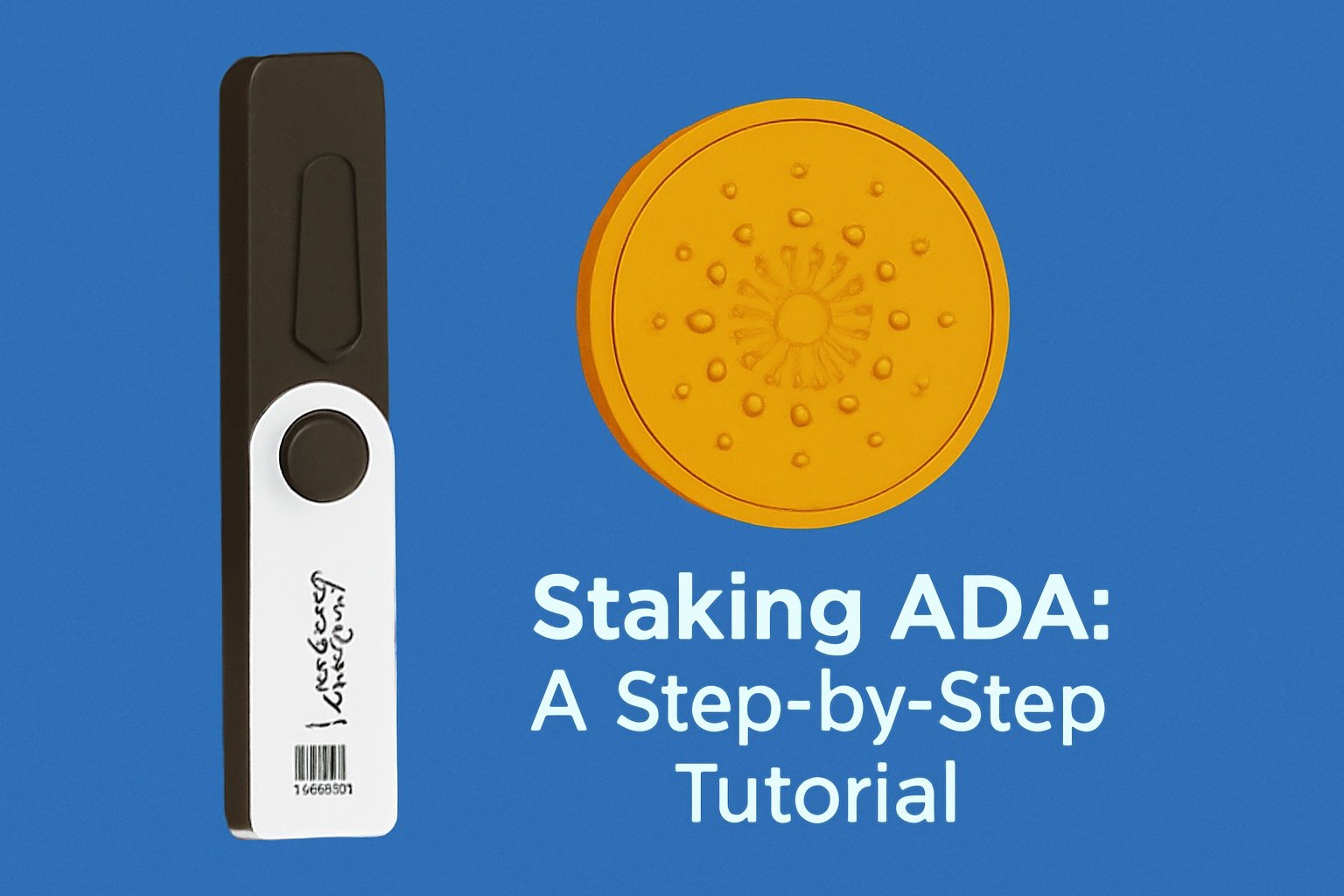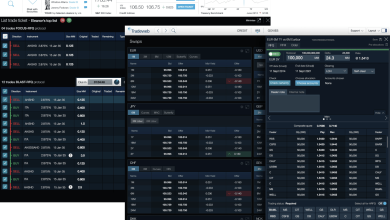Staking ADA: A Step-by-Step Tutorial


Staking ADA is one of the easiest and most secure ways to boost your cryptocurrency wallet while having full control over your money. It does not freeze your tokens, as with other measures—spend, send, or redelegate them whenever you want. It is a simple way to earn passive income.
This guide will take you through staking in a few simple steps, what staking is, why you should do it, and how you can stake your ADA.
What Does it Mean to Stake ADA?
Staking involves locking away coins in a node to maintain the operations and security of a cryptocurrency network. It applies to proof-of-stake networks, including Cardano, ETH, and Solana.
Staking ADA means delegating your tokens to a stake pool. This assists to secure the network and validate transactions. In return, you earn rewards, which are distributed proportionally to everyone who staked just for keeping your tokens in their wallet. If you lock away more ADA coins, you have a better chance of earning more rewards.
Stake pools (either third-party or cold) are groups of users who combine their resources to increase their staking power on the Cardano blockchain. This improves the chances of being selected by the consensus system (Ouroboros) to verify transactions.
The minimum ADA tokens required to delegate your stake depend on the type of wallet. Rewards typically range from 3% to 6% per year, depending on network activity and the pool’s performance.
Why Stake ADA?
- Earn While You Hold
By staking ADA, you can earn rewards simply for holding your tokens. You don’t have to trade them or . Your ADA works for you in the background, generating passive income over time while you still have full ownership.
- Stay in Control of Your Funds
It is non-custodial, which means that your ADA never leaves your wallet. Contrary to some systems where tokens are locked up or handed over to a third party, you can delegate ADA securely without ever relinquishing control. You are free to send, receive, or spend your ADA at any time.
- Support the Cardano Network
By staking, you’re assisting secure and run the Cardano blockchain. Your ADA contributes to the network’s decentralized consensus mechanism, ensuring transactions remain reliable, transparent, and censorship-resistant. In short, you’re playing a role in making Cardano more robust and decentralized.
- Low-Risk and Flexible
Compared to some blockchains where misbehavior or technical errors will cause you to lose your staked tokens (called “slashing”), Cardano does not penalize stakers this way. Additionally, there are no lock-up times that are mandatory. You are free to move your ADA whenever you like, making staking both flexible and relatively low-risk.
- Beginner-Friendly
Staking ADA is straightforward. You don’t need advanced technical knowledge to participate. It does not matter if you use a desktop wallet like Daedalus, a light wallet like Yoroi, or even a mobile wallet.
- Energy Efficient
Unlike proof-of-work blockchains such as BTC that use high amounts of energy in mining, Cardano’s staking method is green. This makes it more sustainable without affecting the network’s security.
How to Stake ADA
Here is a simple outline you can follow to stake ADA:
Step 1: Choose a staking method
You can stake ADA using:
- A software wallet (Daedalus, Yoroi, or Begin).
- A hardware wallet (Ledger or Trezor).
- Some platforms (including ).
Step 2: Install or access your wallet
- Download an official Cardano wallet (e.g., for desktop, for browser/mobile, or available on the Play Store and Apple Store).
- Hardware users should connect via Ledger Live or Trezor Suite.
Step 3: Fund your wallet
- Transfer ADA from an platform or another wallet.
- You can stake as little as 1 ADA, but most pools require around 10 ADA to cover fees.
Step 4: Pick a stake pool
- Browse pools directly in your wallet or on platforms such as.
- Compare pools by:
- Performance (how often they successfully produce blocks).
- Fees (fixed fee and margin).
- Saturation (avoid oversaturated pools, as rewards decrease).
Step 5: Delegate your ADA
- In your wallet, select a pool and confirm delegation.
- Only delegation information changes; your ADA never leaves your wallet.
Step 6: Wait for rewards
- Rewards begin arriving later than about 15–20 days (3 epochs).
- later than that, you’ll receive payouts every 5 days.
Step 7: Monitor and adjust
- You can redelegate anytime without penalty.
- Keep an eye on your pool’s performance and rewards.
Risks and What to Watch Out For
- Variability in Earnings
Rewards are determined by stake size, pool performance, and fees. ADA’s market price can fluctuate, affecting your earnings in USD terms.
- Pool Reliability Matters
Choose pools with excellent track records. poor operators might underperform or even act maliciously.
- Regulatory hardys
Staking via custodial platforms may expose you to the loss of control, as regulatory bodies have ruled that offering a yield in return is equivalent to tradeing a financial product and is subject to taxation in countries such as the United States of America. Using non-custodial, decentralized methods is securer.
- Volatility
The value of ADA can fluctuate significantly, potentially impacting the overall returns from staking.
| Features | Details |
| Average Rewards | 2%–6% per year |
| Lock-up Period | ADA tokens can be moved anytime |
| Wallet Options | Daedalus, Yoroi, Begin, Ledger, Trezor |
| Reward Frequency | Every 5 days (later than initial 20 days) |
| Risk Level | Low (no slashing, self-custody possible) |
Tips for Smarter Staking
- Check pool saturation levels to avoid reduced rewards.
- Don’t always chase the lowest fees; balance cost with pool reliability.
- Track your rewards using explorers, including
- For maximum security, opt for self-custody over platform staking.
Bottom Line
Staking ADA is a beginner-friendly way to grow your crypto while contributing to one of the most secure and decentralized blockchains. The setup is straightforward: get a wallet, choose a pool, delegate, and watch your rewards accumulate. Since your ADA always stays in your control and is never locked, staking is one of the securest ways to earn passive income in crypto today.







